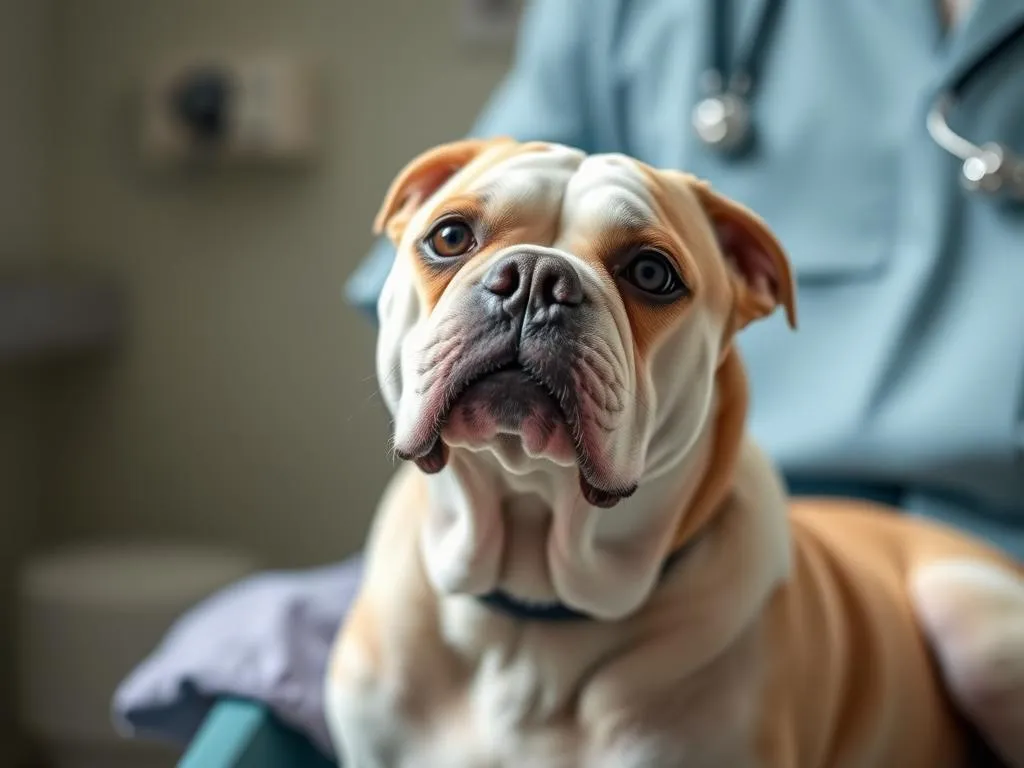
Introduction
Cancer is one of the leading health concerns affecting our beloved canine companions. Statistics show that approximately 1 in 4 dogs will develop cancer in their lifetime, a figure that can be staggering for pet owners to comprehend. The emotional impact of a cancer diagnosis can be profound, often leaving pet owners feeling helpless and uncertain about their next steps.
Understanding the various cancer treatment options for dogs can empower owners to make informed decisions regarding their pet’s health. This article aims to provide a thorough overview of canine cancer, its treatments, and vital considerations for dog owners. Whether you’re a devoted pet parent, a veterinary student, or someone passionate about animal care, this guide is designed to offer valuable insights.
Understanding Canine Cancer
What is Canine Cancer?
Canine cancer refers to the uncontrolled growth of abnormal cells in a dog’s body. There are many types of cancer that can affect dogs, including but not limited to:
- Lymphoma
- Mast Cell Tumors
- Osteosarcoma
- Hemangiosarcoma
- Melanoma
Common symptoms of cancer in dogs might include:
- Unexplained weight loss
- Persistent vomiting or diarrhea
- Lumps or swellings that persist or grow
- Difficulty breathing or abnormal coughing
- Changes in appetite or energy levels
Risk Factors
Several risk factors can increase a dog’s likelihood of developing cancer:
- Age: Older dogs are at a higher risk.
- Breed: Certain breeds, such as Golden Retrievers and Boxers, are genetically predisposed to specific cancers.
- Genetics: Family history can play a significant role in a dog’s risk profile.
- Environmental Factors: Exposure to carcinogenic substances, such as secondhand smoke or certain chemicals, can increase risk.
Diagnosis
Accurate diagnosis is crucial for effective treatment. Common diagnostic procedures include:
- Biopsies: Removing a small sample of tissue for analysis.
- Imaging: Techniques such as X-rays, ultrasounds, or MRIs to visualize internal structures.
- Blood Tests: Evaluating overall health and identifying potential cancers.
Types of Cancer Treatments for Dogs
Surgery
Surgery is often the first line of defense against cancer. Various surgical options are available, including:
- Tumor Removal: Excising the tumor entirely can be curative in localized cancers.
- Palliative Surgery: Aimed at relieving symptoms rather than curing the disease, this can improve the dog’s quality of life.
Pros:
– Potentially curative for localized tumors.
– Immediate relief from symptoms.
Cons:
– Surgical risks, including anesthesia complications.
– Recovery time may be significant.
Chemotherapy
Chemotherapy is a common treatment for many types of canine cancer. It works by targeting rapidly dividing cells, a characteristic of cancer cells.
Common drugs used in canine chemotherapy include:
- Doxorubicin
- Vincristine
- Cyclophosphamide
Typical treatment protocols involve multiple sessions and can vary based on the type of cancer and the dog’s response to treatment.
Side Effects:
– Nausea and vomiting
– Loss of appetite
– Fatigue and lethargy
– Risk of infections due to lowered white blood cell counts
Management of side effects often includes medications and dietary changes.
Radiation Therapy
Radiation therapy uses high-energy rays to target and kill cancer cells. It is often employed in cases where tumors cannot be surgically removed or to shrink tumors before surgery.
Indications for use include:
- Tumors in sensitive locations (e.g., near the brain or spinal cord)
- Localized cancers that have not metastasized
Expected Outcomes:
– Can alleviate pain and improve quality of life.
– May prolong survival time, especially in specific cancer types.
Potential Side Effects:
– Skin irritation
– Fatigue
– Changes in appetite
Alternative Treatments
Some pet owners explore alternative treatments alongside conventional therapies. Options include:
- Nutritional Therapy: Tailoring diets to support immune function and overall health.
- Acupuncture: A holistic approach that may relieve pain and improve well-being.
- Herbal Supplements: Certain herbs may support health, although they should be used cautiously and under veterinary guidance.
Pros:
– Can enhance overall quality of life.
– May reduce reliance on medications.
Cons:
– Lack of scientific validation for some methods.
– Potential interactions with conventional treatments.
Making Treatment Decisions
Factors to Consider
Deciding on a treatment plan for a dog with cancer involves evaluating several factors:
- Stage and Type of Cancer: Some cancers are more treatable than others.
- Overall Health: A dog’s general health can influence treatment options.
- Owner’s Financial Situation: Costs associated with treatment can vary significantly.
Consulting with Your Veterinarian
Open communication with your veterinarian is essential. When discussing treatment options, consider asking:
- What are the potential benefits and risks of each treatment option?
- How will the treatment affect my dog’s quality of life?
- Are there any clinical trials available for my dog’s type of cancer?
Coping with Cancer Diagnosis
Emotional Support for Pet Owners
Receiving a cancer diagnosis for a dog can be devastating. It’s essential for pet owners to seek emotional support during this difficult time. Resources available include:
- Support Groups: Connecting with others facing similar challenges.
- Online Forums: Engaging with communities dedicated to pet health and wellness.
Caring for a Dog Undergoing Treatment
Managing a dog undergoing treatment requires careful attention. Here are some tips:
- Managing Side Effects: Monitor your dog for adverse reactions and consult your veterinarian as needed.
- Dietary Considerations: A well-balanced diet can help support your dog’s health during treatment. Consult your vet for recommendations tailored to your dog’s needs.
- Lifestyle Adjustments: Providing a calm environment and adjusting exercise routines can help your dog cope better with treatment.
Case Studies and Success Stories
Real-Life Examples
Many dogs have successfully undergone various treatments for cancer. Here are a few narratives that highlight the resilience of pets and the importance of veterinary care:
-
Max the Golden Retriever: After being diagnosed with lymphoma, Max underwent chemotherapy. His owners followed a strict treatment protocol, and after several months, Max achieved remission, allowing him to enjoy his favorite activities once again.
-
Bella the Boxer: Bella was diagnosed with a mast cell tumor. Following surgical removal and radiation therapy, her owners reported a significant improvement in her quality of life. Bella is now a happy, active dog with regular check-ups to ensure her health.
Lessons from Veterinary Experts
Veterinarians emphasize the importance of early detection and a tailored treatment plan. They encourage pet owners to remain proactive and informed, advocating for their pets’ health and well-being.
Conclusion
In summary, understanding cancer treatment for dogs involves recognizing the types of cancer, exploring treatment options such as surgery, chemotherapy, and radiation, and considering alternative therapies. Decisions regarding treatment should factor in the type and stage of cancer, the dog’s overall health, and the owner’s circumstances.
Dog owners are encouraged to maintain open communication with their veterinarians and seek support during this challenging time. The bond between pets and their owners is profound, and navigating the complexities of cancer treatment together can strengthen that connection.
By staying informed and proactive, pet owners can provide their dogs with the best possible care throughout their cancer journey.









